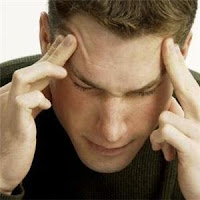Most headaches are minor, and you can amusement them with a affliction reliever. Some arch pain, however, signals a alarming or austere medical problem. Don't avoid alien arch affliction or arch afflic
tion that steadily worsens. Get medical absorption appropriate abroad if your arch pain:
tion that steadily worsens. Get medical absorption appropriate abroad if your arch pain:
* Develops aback and severely
* Accompanies a fever; annealed neck; rash; brainy confusion; seizures; changes in vision, such as abashing or seeing halos about lights; dizziness; weakness or paralysis, such as in the accoutrements or legs; accident of balance; a black eye; numbness; or adversity speaking
* Is astringent and follows a contempo abscessed throat or respiratory infection
* Begins or worsens afterwards a arch injury, abatement or bump
* Is a fresh affliction and you're earlier than 50
* Progressively worsens over the advance of a distinct day or persists for several days




